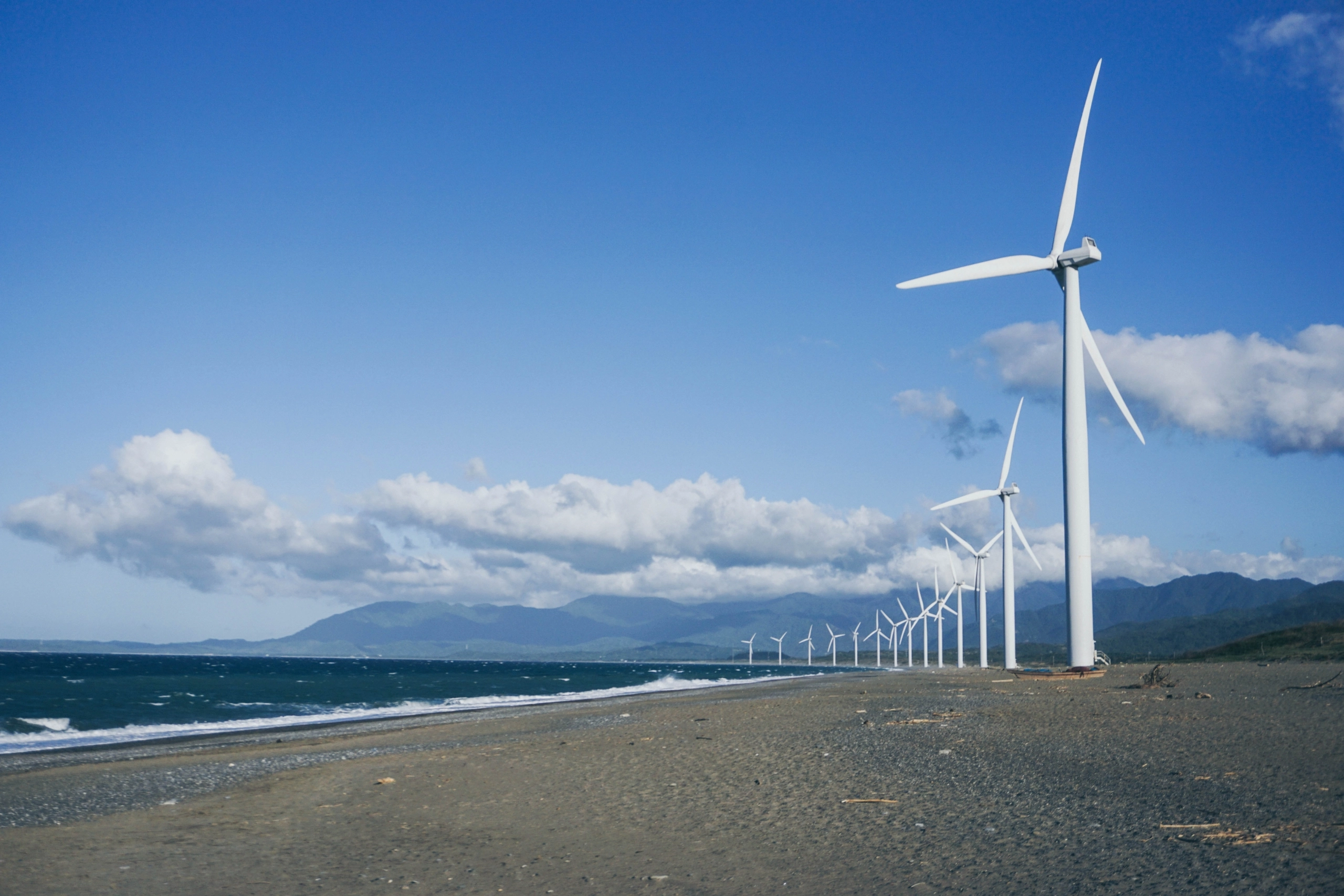
Hoe is de RES in Zeeland tot stand gekomen en wat was uw rol daarin?
Evert: ‘Uit het mondiale en landelijk Klimaatakkoord is de Regionale energiestrategie (RES) ontstaan. Hier is ook een Zeeuwse uitvoering van: Parijs op z’n Zeeuws. In onze energiestrategie geven we weer hoe we de klimaat- en energiedoelen in Zeeland gaan invullen en gaan halen. Ik was tot voor kort lid van het ambtelijk kernteam van de RES in Zeeland. Het kernteam wordt gedragen door vijf partijen: de provincie, de vereniging van Zeeuwse gemeente, Waterschap Scheldestromen, Impuls Zeeland en Enduris. Deze partijen hebben het proces gefaciliteerd en hebben drie discussietafels opgezet. Een tafel was gericht op het elektriciteitsvraagstuk, de tweede tafel op de gebouwde omgeving en de derde tafel richtte zich op mobiliteit. Voor het kernteam had ik de rol als secretaris. Ik heb een bijdrage geleverd aan de RES-nota en het eindrapport. Nu heb ik een stap terug gedaan en werk ik voor mijn eigen organisatie (Waterschap Scheldestromen, red.) aan het nieuwe Waterschapsbeheerprogramma voor de komende zes jaar. Ik houd mij voor de RES nog wel bezig met de opzet van een monitoringprogramma en de tafel mobiliteit. Aan deze tafel worden 14 actielijnen besproken en een van deze actielijnen is de aanpak duurzaam GWW waarbij de CO2-Prestatieladder een belangrijk onderdeel is. Alle overheden in de regio Zeeland hebben afgesproken om deze aanpak te implementeren. Het is daarom ook vastgelegd in de RES. Voor de tafel mobiliteit ben ik als projectleider ‘duurzaam GWW’ aan de slag gegaan. Onder andere samen met SKAO hebben wij nagedacht over hoe de CO2-Prestatieladder kan bijdragen aan de RES in Zeeland. Het delen van praktijkverhalen is een belangrijk onderdeel geworden van het plan van aanpak. Het Waterschap Scheldestromen zet, net als de provincie, ‘de Ladder’ al in bij aanbestedingen om bedrijven te stimuleren om aan de slag te gaan met de CO2-Prestatieladder.’
Hoe bent u bekend geraakt met de CO₂-Prestatieladder?
Evert: ‘Vanuit mijn eigen functie ben ik veel bezig met het onderwerp duurzaamheid voor onze bedrijfsvoering. Zo ben ik ook in aanraking gekomen met de Aanpak Duurzaam GWW. Deze werkwijze maakt duurzaamheid in GWW-projecten concreet zonder vooraf voor te schrijven hoe de duurzaamheidswinst behaald wordt. Dat kan namelijk per project verschillen. De aanpak kent meerdere instrumenten waaronder de CO2-Prestatieladder. Voor mij was het belangrijk om geen dingen te gaan bedenken die anderen al bedacht hadden. Omdat de Ladder zich bewezen heeft in de markt zijn we met dit instrument aan de slag gegaan.’
Hoe heeft u ervoor gezorgd dat de Ladder in de RES is terechtgekomen?
Evert: ‘Omdat ik dicht bij het vuur zit was het niet moeilijk om de Ladder te agenderen. De Ladder werkt goed bij het Waterschap waar ik werkzaam ben en de provincie Zeeland is ook positief over het gebruik van de Ladder. Leden van de werkgroep hoefde ik eigenlijk niet te overtuigen. Eigenlijk hebben we met z’n allen geconcludeerd dat de CO2-Prestatieladder onderdeel hoort te zijn van de RES. Het was dus niet moeilijk om de Ladder in de RES te krijgen. Als waterschap zijn we een soort van ambassadeur van de CO2-Prestatieladder in Zeeland en initiëren wij acties namens de RES.’
Hoe hebben jullie marktpartijen geïnformeerd over de CO2-Prestatieladder?
Evert: ‘Wij hebben onder andere bijeenkomsten georganiseerd voor lokale aannemers. Wij vonden het belangrijk om hen te informeren over de Ladder en om te bepalen of er draagvlak was voor het gebruik van het instrument. Uit de gesprekken bleek dat wij de kleinere aannemers niet konden gaan overvragen. Voor deze groep is het lastig om direct op niveau 5 een certificaat te halen. Daarom hebben wij besloten om tot en met niveau 3 bedrijven te belonen met fictieve korting op de inschrijfprijs. In de toekomst gaan we ook korting geven op de hogere niveaus. Na het delen van ervaringen met de provincie hebben zij ook de Ladder ingezet bij aanbestedingen.’
Welke partijen gaan er allemaal met de CO2-Prestatieladder werken?
Evert: ‘In de RES staat dat regionale overheden een eenduidige inkoopparagraaf voor duurzaam aanbesteden moeten ontwikkelen waar de CO2-Prestatieladder een integraal onderdeel is. Naast de 13 gemeentes gaan we ook o.a. het drinkwaterbedrijf, de netwerkbeheerder en o.a. Staatsbosbeheer en het Havenbedrijf aanmoedigen de Ladder in te zetten bij aanbestedingen voor grond,- weg,- en waterbouwwerken.’ Daarmee komen we ook tegemoet aan de wens van het ondernemers waarmee wegesproken hebben om als grote opdrachtgevers in de Zeeuwse infra eenduidig te handelen.’
Heeft u nog tips voor andere regio’s die de CO2-Prestatieladder in de RES willen gaan implementeren?
Evert: ‘Ga het gesprek aan met je opdrachtnemers. Laat zien wat je al doet en welke kant je wilt opgaan met je duurzaamheidsambities. Tevens is het belangrijk om op bestuurlijk en managementniveau draagvlak te krijgen om beleid waarin de CO2-Prestatieladder verankerd is uit te voeren. Het bestuur is verantwoordelijk voor de grote lijnen en verwoordt ambities. Deze ambities moeten worden vertaald naar praktische zaken zodat de ambitie gehaald kan worden. De CO2-Prestatieladder kan hierbij helpen.’